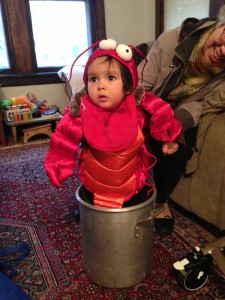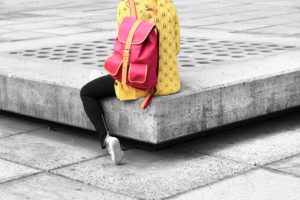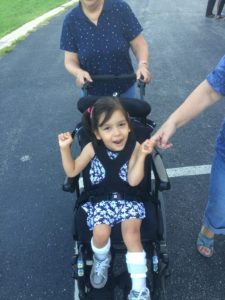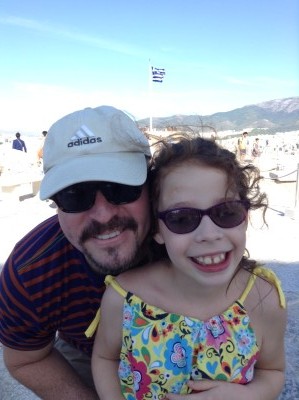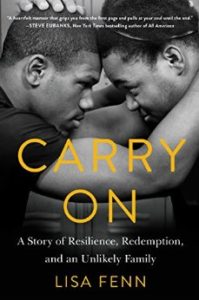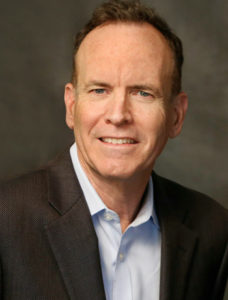7 Halloween Tips for Kids with Disabilities
by Beth Finke
Halloween is coming, and for some parents of children with disabilities, it’s a holiday that can come with a bit of stress. With that in mind, I’m offering some tips to help your child — and you —enjoy Halloween this year:
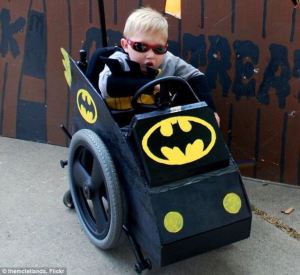
A child in a Batman costume.
- Let your child’s interests shine. Help your child choose a costume that reflects his/her interests
- Learn to incorporate your child’s wheelchair into his/her costume. If your child uses a wheelchair, a lot of great and creative ideas can incorporate the chair into their costume.
- Do a trial run before the big day/night. Some costumes might be unexpectedly uncomfortable or cumbersome, and you’d hate to wait until 5 minutes before you’re about to leave for school or trick-or-treating to find that out!
- Before Halloween, put your child’s costume on and take a long walk around the house, or the block. This will help make sure that your child is comfortable and will be able to enjoy the costume and move in it easily.
- Talk to your child about what they might expect. Sometimes Halloween means your child is exposed to things that might frighten him/her: Haunted houses, scary costumes or noises. Talk to your child about things they might encounter during trick-or-treating, and practice self-calming skills in case they do get frightened while out that night.
- Research the sorts of treats your child can eat. Many children with disabilities may have food allergies or sensitivities that limit the treats they’re able to eat.
- If your child is non-verbal, Halloween can be a great opportunity to work on initiating communication! Program your child’s communication device to say “Trick or treat” or ask his/her teacher to design a picture symbol your child can use as he goes door to door.
Easterseals blogger Bernhard Walke’s daughter inspires him to come up with unique costumes for her every year. Tiny Elena wasn’t able to sit independently early on in her life, so her early costumes were made knowing her mom or dad would be carrying her. One year they came as chefs with Elena as a lobster carried in a pot,
The next year Elena’s aunt sewed pieces of green felt rectangles together to transform her niece into a bag of freshly pilfered cash for her parents, dressed as robbers, to show off.
Elena’s costumes became even more exotic after she graduated into a wheelchair. Last year her father used a collection of cardboard, wood, duct tape, zippy ties, and obnoxious yellow construction paint to convert Elena and her wheelchair into a bulldozer. “After a few nights painting, sawing, cursing, and imbibing a few beers, I transformed her wheelchair into a heavy-duty earthmover,” he laughs. Be sure to check out six-year-old Elena’s costume this year.







